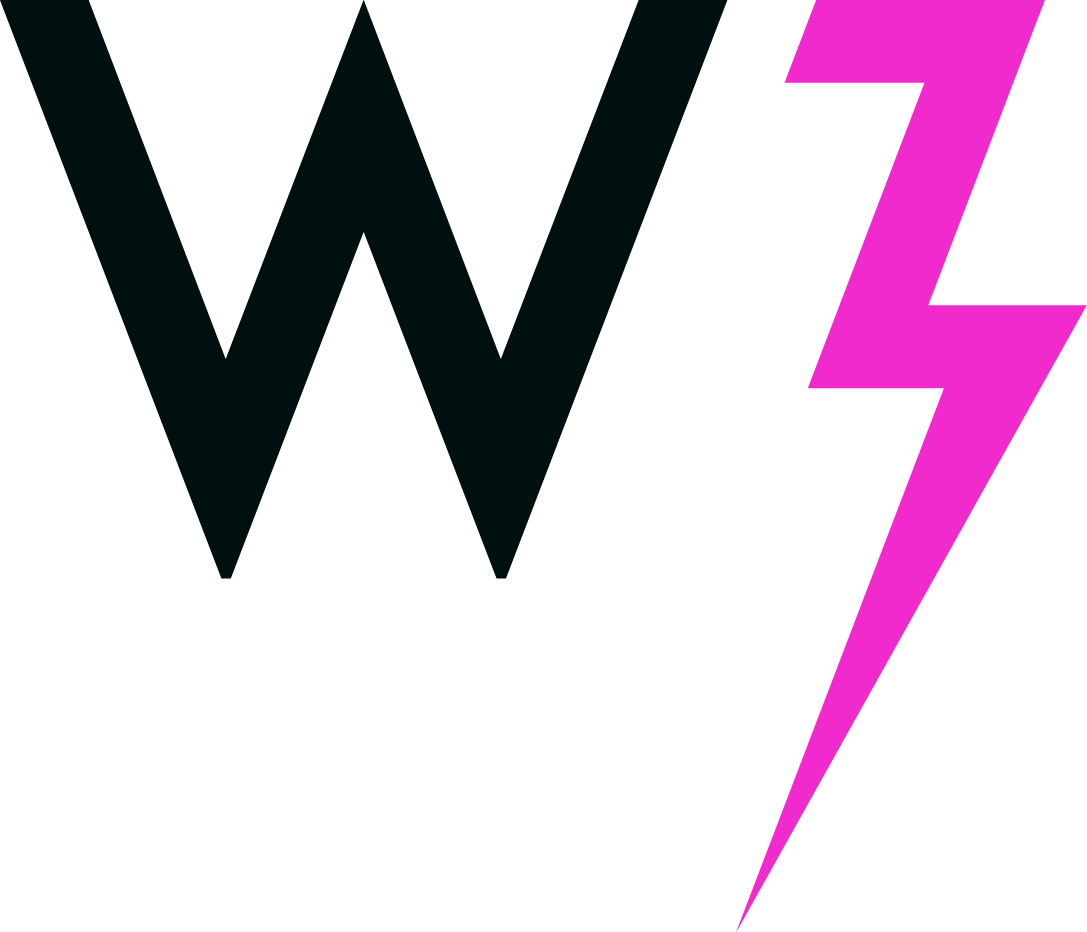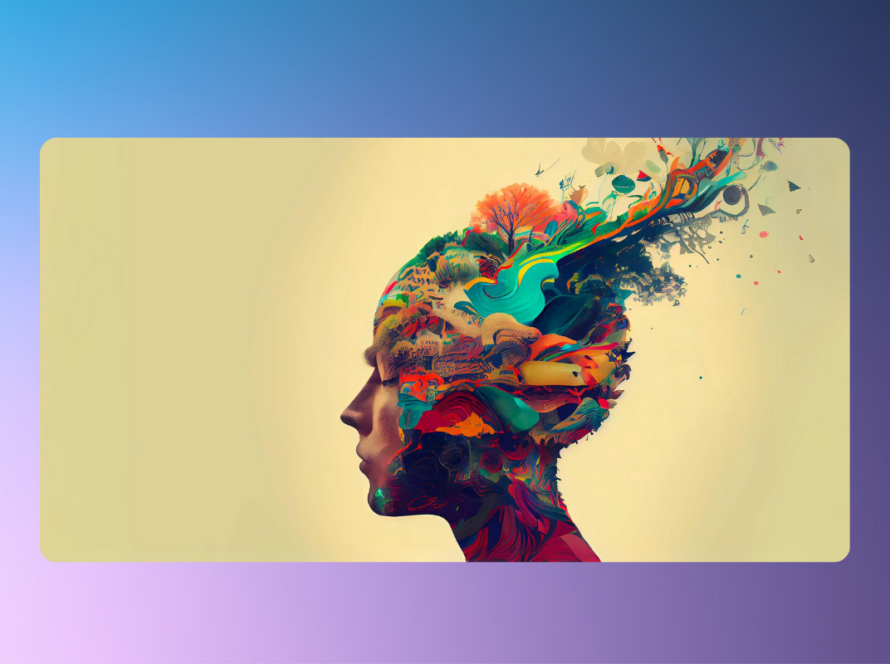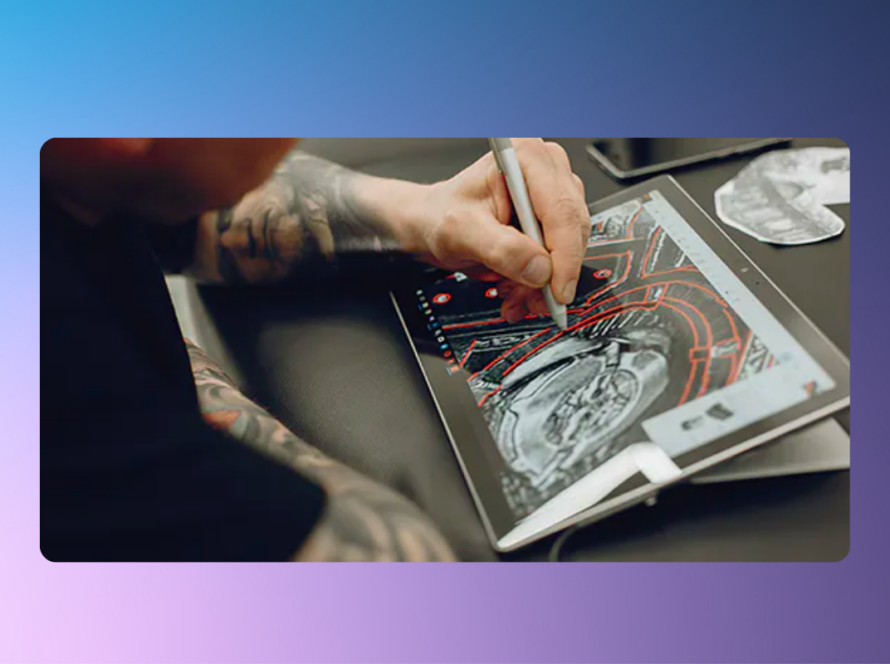Here are 3 top takeaways from the event:
1. Tagging and finding content is still a problem
Metadata is what makes the digital asset management world go round. But getting people to tag content is hard. If you’ve ever tried to get kids to eat vegetables, you understand the problem. You could try dozens of tactics and never find a solution that works long-term.
It’s a universal problem, and no one has cracked it yet.
One DAM manager said, “I’d love to create something that surfaces content to users and gets them to tag a handful of assets on a daily basis.” She’s talking about democratizing the tagging experience, and we are thinking along the same lines.
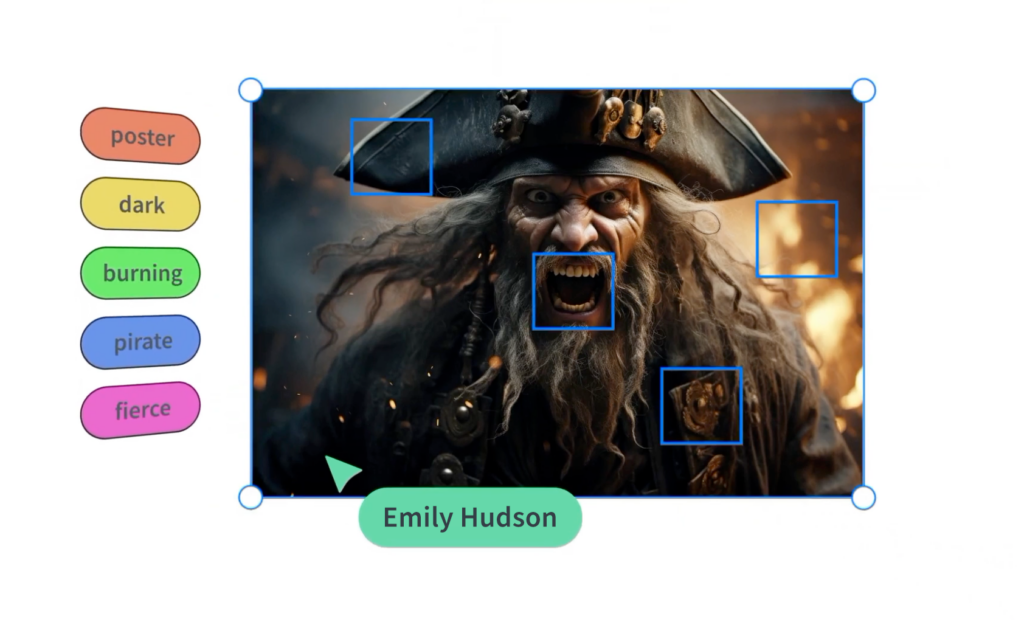
Our theory is that creatives know the work the best, so they know how it should be tagged. If tagging happens at a convenient time and place — during a creative review when content is already pulled up, for example — it might just be a solution that sticks.
2. There’s a growing appetite for visual tools
Teams have what they need to create assets. They have what they need to manage the creation of assets. They have what they need to store and organize those assets.
But there’s one thing missing from the ecosystem: a place to visualize and gather content. Something that can be used as a virtual pinboard, reference board, or creative sandbox.
Visual tools are in demand because when content is tucked away, out of sight, it’s not actionable. You can’t learn or build from it. Teams want to be able to see and interact with actual assets, not folder structure, as they navigate through their universe of content.
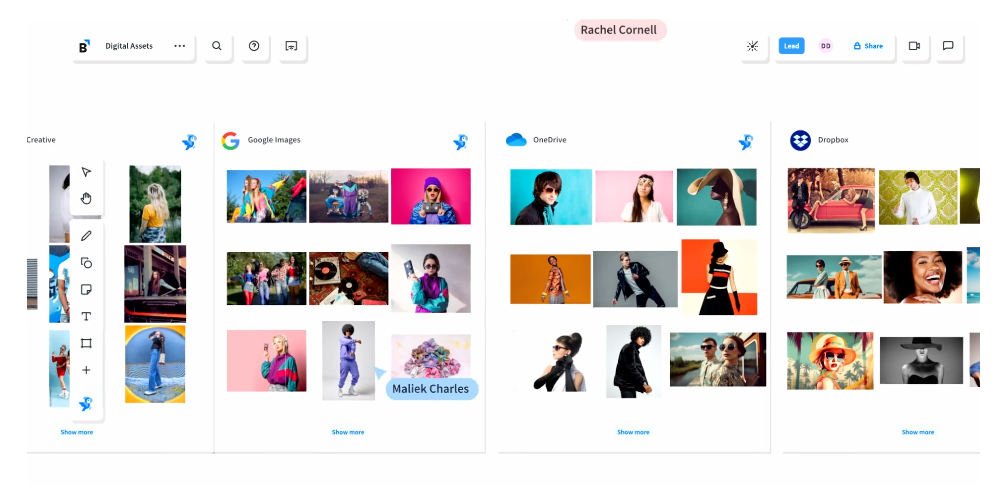
Most importantly, if visual tools are to be added, they must integrate with the DAM or “source of truth” solution.
3. GenAI is interesting, but how will it be used?
This is a question many DAM managers are asking. There’s not a clear answer yet, but several people we talked to are experimenting with AI to find out where it will be most useful.
The idea of training your own generative AI model — using your own IP instead of mysterious data lakes — could be promising, especially with copyright lawsuits on the rise. Attendees told us they are interested to see how this flavor of GenAI develops.
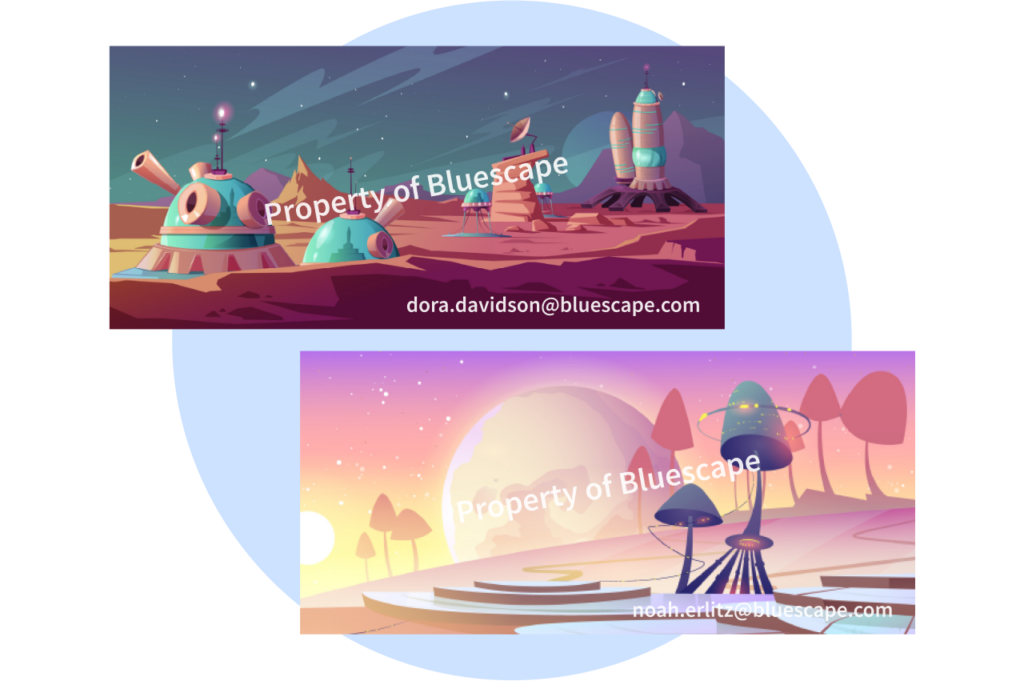
To bring something tangible to the table, our team demoed a use case that can benefit teams right now: using AI to help tag content. Because this helps solve the #1 problem (tagging and finding), it piqued a lot of interest.
For now, the sentiment around AI seems to be open-minded and cautiously optimistic. As the novelty wears off and more concrete use cases emerge, people will be ready to see what it can do.
Catch us at the next event
We’ll be at Creative Ops LA in November. This event is all about “Making Creative Work Better” — one of our favorite topics of conversation!
To learn more about AI-assisted metadata tagging and how it’s different from other solutions you’ve seen, head over to bluescape.com/ai.

